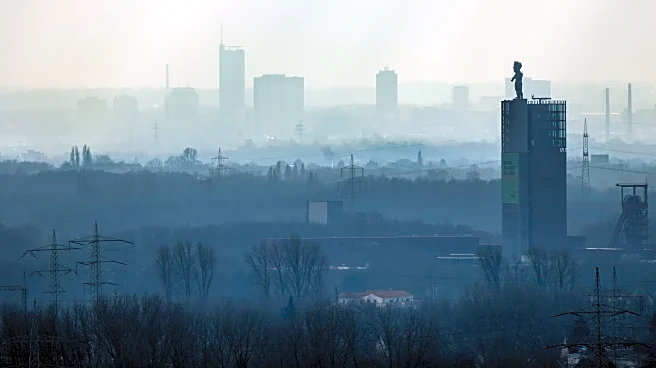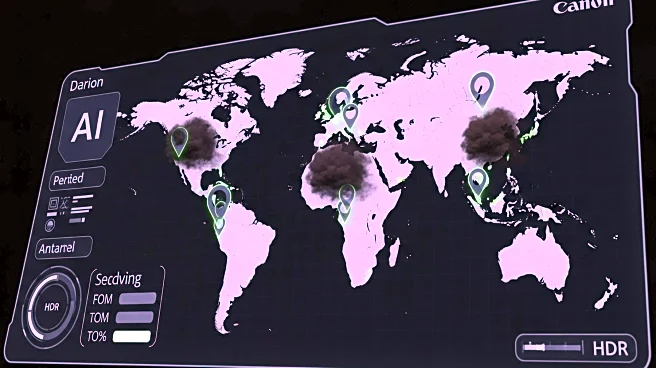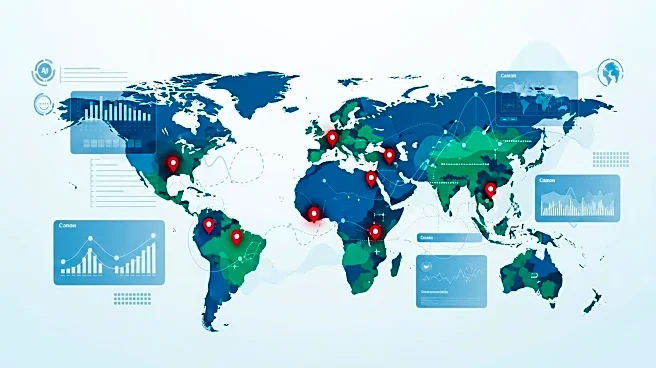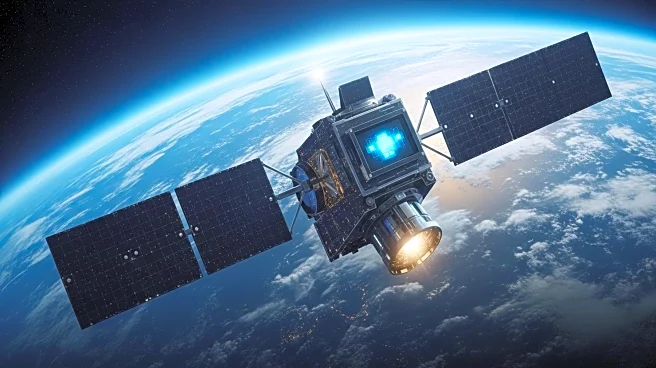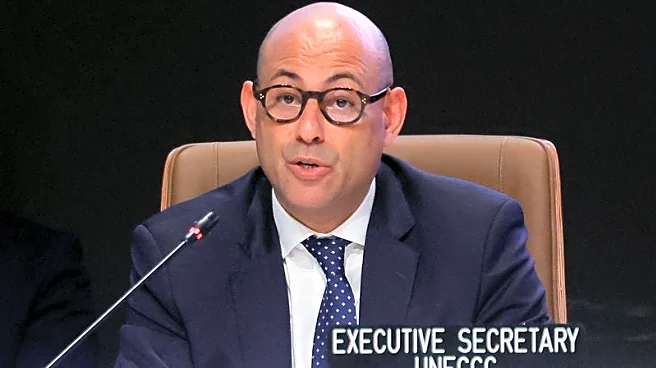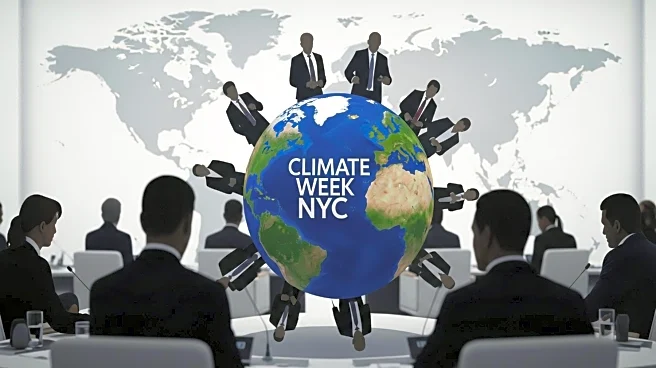What's Happening?
Former Vice President Al Gore has expanded his Climate TRACE system to track soot pollution sources using satellite technology and artificial intelligence. This system monitors pollution from tiny particles, known as soot, across 2,500 cities worldwide, including tens of thousands of sources in the United States. The initiative aims to provide detailed insights into pollution sources, empowering communities with information to address air quality issues. The system uses 300 satellites and 30,000 ground-tracking sensors to identify 'super emitters' and track long-term pollution trends.
Why It's Important?
Soot pollution poses significant health risks, contributing to millions of deaths globally each year. In the U.S., tens of thousands are affected, highlighting the urgent need for effective monitoring and mitigation strategies. By providing precise data on pollution sources, Gore's system can influence public policy and drive efforts to reduce emissions. This initiative also underscores the role of technology in environmental advocacy, potentially leading to more informed community actions and regulatory changes.
What's Next?
Gore plans to integrate pollution data into weather apps, allowing users to access real-time information about air quality in their neighborhoods. This could lead to increased public awareness and pressure on industries to reduce emissions. As the system evolves, it may become a critical tool for policymakers and environmental groups advocating for cleaner air standards. The expansion of this technology could also inspire similar initiatives globally, fostering international collaboration on pollution control.
Beyond the Headlines
The use of AI and satellite technology in tracking pollution represents a significant advancement in environmental monitoring. It highlights the potential for technology to address complex global challenges, such as air quality and climate change. This initiative may also prompt discussions on ethical considerations in data collection and the balance between technological innovation and privacy.

